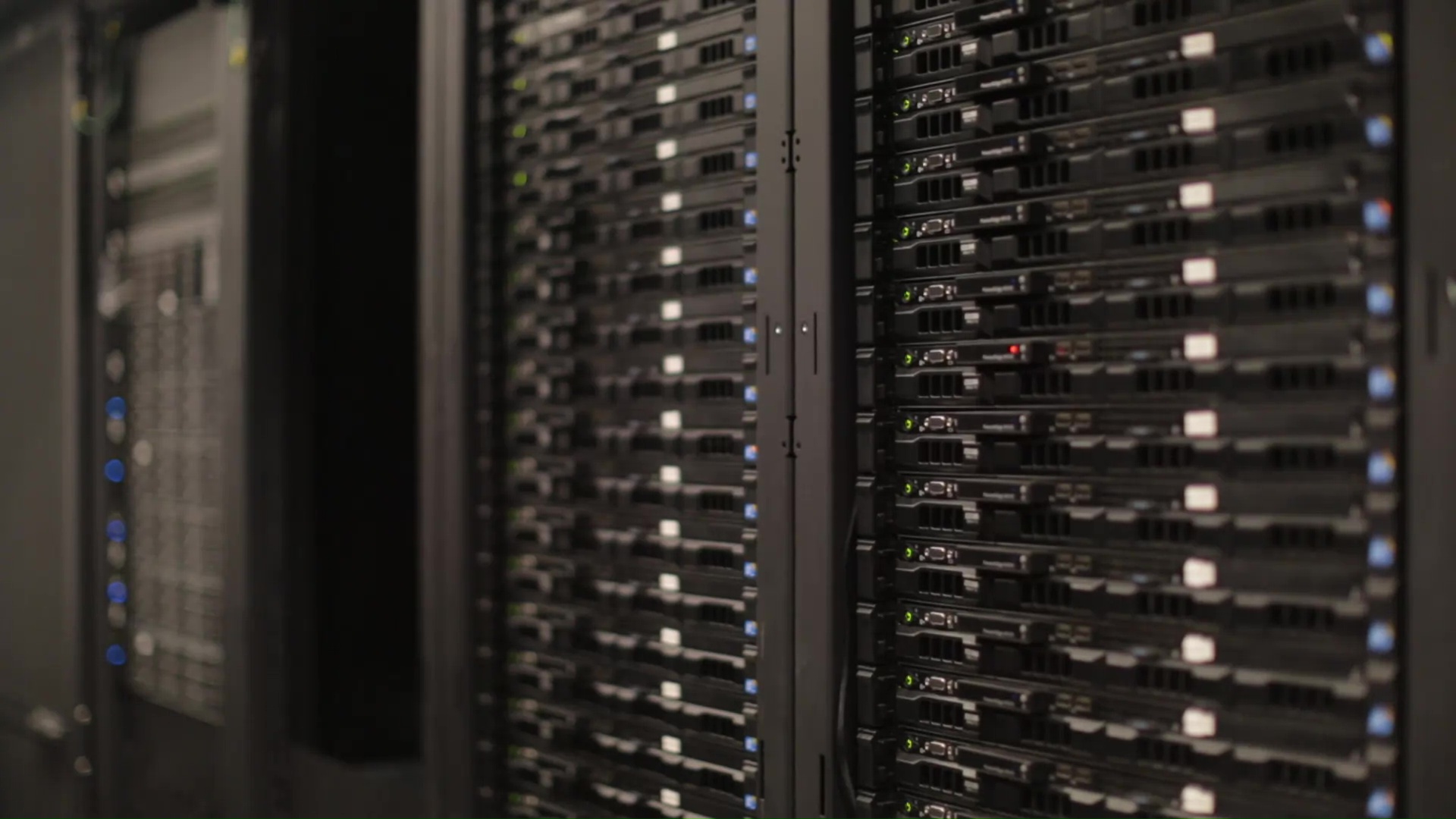What is AWS Batch?
Batch processing in the cloud

No one likes to wait. That’s particularly true when it comes to batch processing jobs for Big Data projects like genomic research, building an airplane and materials for safety, and the massive requirements for data processing related to health and financial records.
For computer scientists, developers, engineers, or anyone who needs to run a batch processing job, the needs are even greater. Because of the massive data needs -- often at petabyte scale -- the jobs often need to be queued for processing and determined by the compute resources for that local, on-premise data center. An example of this might be a simulation to determine the safety of a new material to be used in a future car.
There are many variables -- the impact on the material, the temperature, and the speed of the driver not to mention the chemical properties of the material itself. It’s an extraordinary Big Data effort, but there are also time-to-market considerations and project timelines.
Fortunately, with the advent of cloud computing services, there isn’t the same restriction in terms of waiting for the compute resources to become free enough to run batch processing jobs. AWS Batch allows companies, research institutions, universities, or any entity with massive data processing needs to run batch processing jobs without the typical on-premise restrictions.
Batch processing refers to a computing operation that runs multiple compute requests without the need for the user to initiate another process. The name comes from the early days of computing when end-users had to initiate every computing process one by one. With batch processing, you can queue the requests for processing and then allow the service to do the heavy lifting in terms of scheduling the requests, adjusting compute performance, and allocating the memory and storage need to run the batch jobs. And, you can schedule multiple batch processing jobs to run concurrently, tapping into the true power of cloud computing.
Since this scheduling occurs automatically between AWS Batch and the related Amazon services you need -- such as Amazon EC2 (Elastic Cloud Compute) -- there is no need to configure any software for IT management or processing. AWS Batch coordinates the IT services you need for the project at hand without further intervention from the user.
For those with heavy demands for data processing, this allows the staff to focus more on the actual project management and business requirements, the results of the computations, queuing up more batch processing jobs, and analyzing the results and making decisions about what to do next. AWS Batch provides all of the necessary frameworks to do the batch processing.
Are you a pro? Subscribe to our newsletter
Sign up to the TechRadar Pro newsletter to get all the top news, opinion, features and guidance your business needs to succeed!
Benefits of AWS Batch
A side benefit to using AWS for batch processing with AWS Batch is you can take advantage of Spot Instances, a service included with Amazon EC2. Spot Instances are unused compute resources that are lower in cost and available for batch processing instead of on-demand services. This cost savings comes into play as Spot Instances become available. In the end, it means great savings for all batch processing -- and configured automatically for you.
Because of how the cloud storage, performance, memory, and infrastructure and servers are all automated according to the batch processing requirements, and because the end-user doesn’t need to configure any of those compute resources, AWS Batch helps simplify the entire Big Data endeavor, especially in terms of coordination across AWS. That is often the hardest and most time-consuming part of a Big Data project because the scientists and engineers who run the batch processing project are not necessarily experts in infrastructure or IT service management.
They don’t need to know about memory allocations, storage arrays, server configuration, or how these components inside a data center all work in tandem to produce the desired results.
Another benefit has to do with costs. When companies don’t have to manage and configure the compute environment for batch processing, they don’t have to take the time and expense needed to make sure it is all up and running 24x7 and they don’t have to purchase any of the equipment. Instead, AWS Batch automatically allocates the exact compute resources you need for that project, and you pay only for the compute resources you actually use. This is true for every batch processing job including the concurrent jobs you might run.
Not only does a company avoid the management chores and costs of running an on-premise data center, but they don’t have to coordinate the various services needed for batch processing. An example of this might be a massive genomic research project for drug discovery.
A pharmaceutical might start out with basic needs for batch processing using a minimal amount of storage, but normally as the project intensifies and the processing needs increase, the project might stall out as the company coordinates the various services, such as storage, networking, endpoint security, or memory allocations. There’s a cost savings in not having to manage those services, add them and maintain them, or making sure they are secure for all batch processing jobs.
- Need to host your business online? Check out the best cloud hosting services.
John Brandon has covered gadgets and cars for the past 12 years having published over 12,000 articles and tested nearly 8,000 products. He's nothing if not prolific. Before starting his writing career, he led an Information Design practice at a large consumer electronics retailer in the US. His hobbies include deep sea exploration, complaining about the weather, and engineering a vast multiverse conspiracy.
